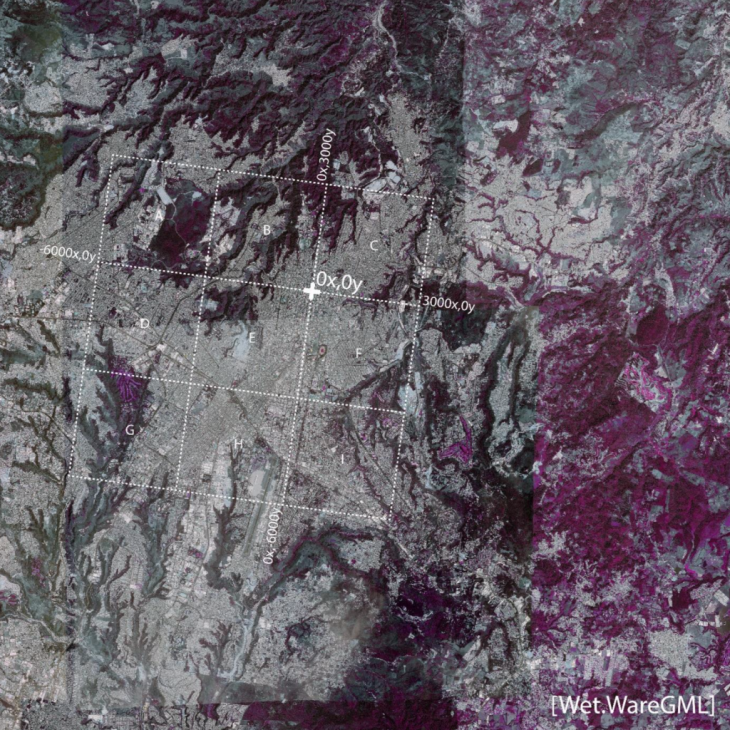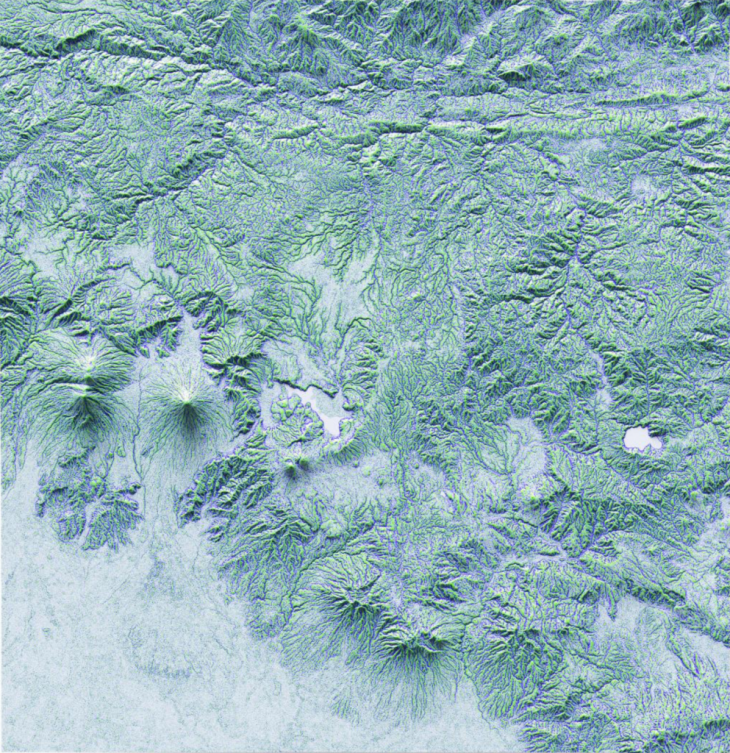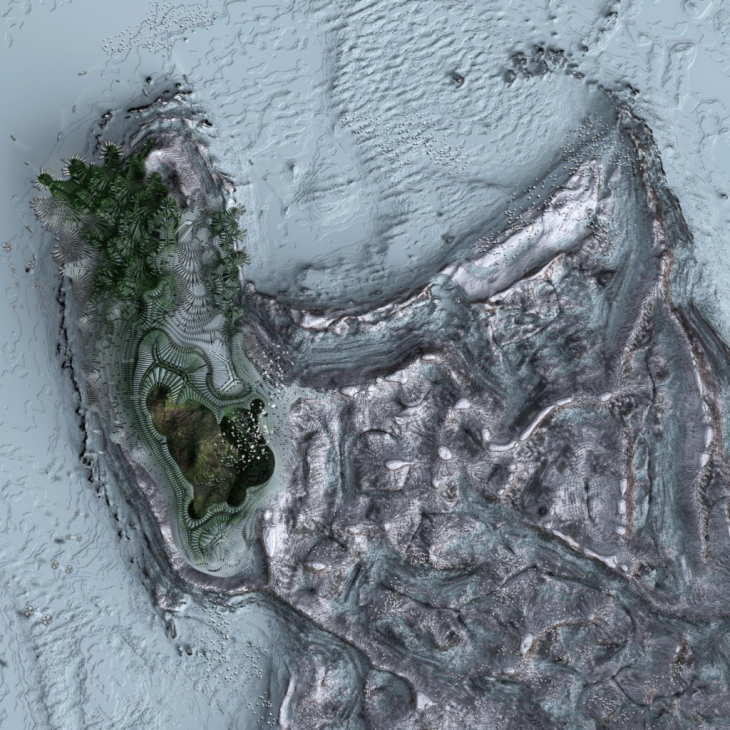INTRODUCTORY STUDIO G2
WET.WARE GUATEMALA CITY
Senior Faculty: Claudia Pasquero and Marco Poletto
Computational Expert: Apostolos Marios Mouzakopoulos
Ubiquitous computing enables us to decipher the Biopshere’s anthropogenic dimension, the so-called Urbansphere. In the Anthropocene, we know our civilisation reached global impact because the machines that we built to sense it, tell us so. In this respect, we are already in a post-anthropocenic condition, where the impact of the artificial system on the natural Biosphere is indeed global, but their agency is no longer entirely human. In the Anthropocene Age, we, therefore, need more than ever a non-anthropocentrism mode of reasoning and deploying design technologies as the anthropocentrism immanent in their explorative mobilisation in architecture limits its operative scope.
 Image Credits: ecoLogicStudio “Guatemala City Matrix”
Image Credits: ecoLogicStudio “Guatemala City Matrix”
In this design studio, we will test the potential to bring at the core of architectural novelty the interdependence of digital and biological intelligence, by pairing algorithmically drawn with biological grown networks. We will try to simulate the capacity of living systems in the process of growing and becoming part of a new urban bio-digital infrastructure 0r Wet.Ware. Finally, we will train our re-greening sensibility to transform the urban landscape of Guatemala City, recognising opportunities across scales, materialities and technological regimes thus expanding the city’s repertoire of aesthetic qualities.
These emerging qualities will be a measure of the progressively higher degrees of synthesis we will establish among the heterogeneous systems of Guatemala City, reflecting an enhanced communication across its human and non-human realms. We will introduce new spatial metrics to measure the city’s self-sufficiency, valuing what economists call “externalities” towards other social and ecological systems. Our final ambition is to propose new models for the complete re-metabolisation of the city in an attempt to solve the current critical impact it is having on its surrounding environment.
 Image Credits: ecoLogicStudio “Guatemala City Region _ DEM”
Image Credits: ecoLogicStudio “Guatemala City Region _ DEM”
Methodologically this process will imply questioning concepts such as zone, scale, typology, and program which will evolve into high-resolution bio-computational drawings of Guatemala’s future WetWare, its networks of ecological intelligence.
 Image Credits: ecoLogicStudio “Bio Tallinn”
Image Credits: ecoLogicStudio “Bio Tallinn”